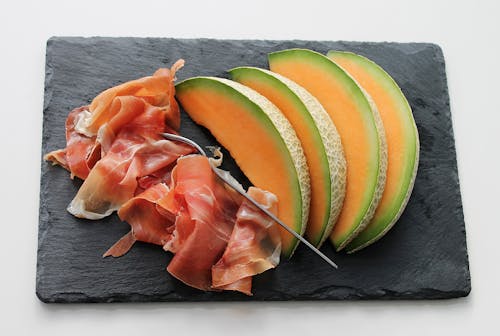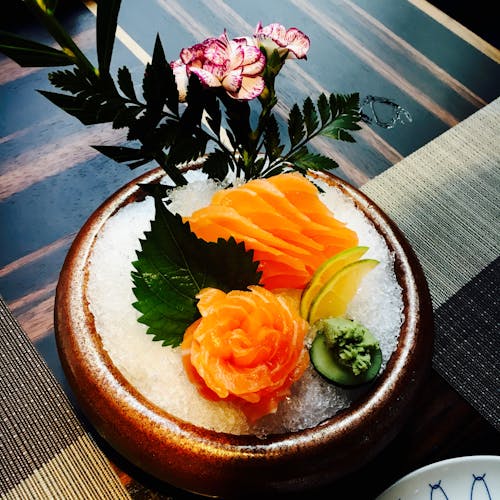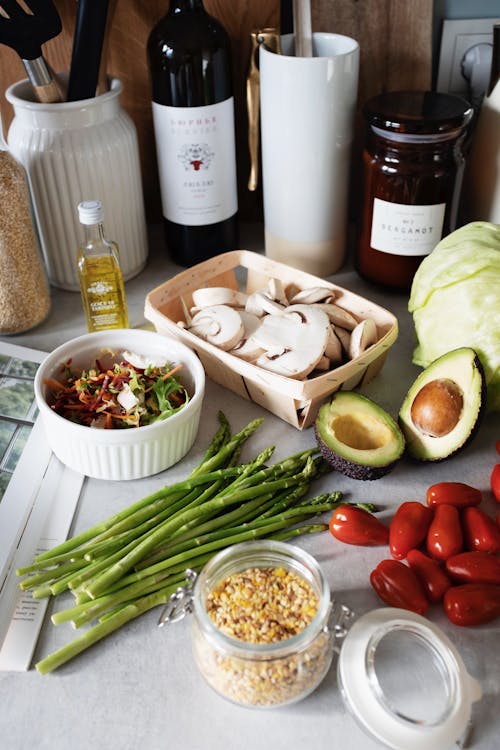
Дагестан, официально Республика Дагестан, является федеральным субъектом России, расположенным в регионе Северного Кавказа. Столица и крупнейший город - Махачкала, расположенный в центре Каспийского моря.
Дагестан славится своими местными блюдами: хинкал (вкусная паста / похожая на тесто сущность, подается с чесночным соусом и небольшим количеством мяса, обычно молодого, вареного ягненка), чуду (кесадилья, как тонкое тесто со специальным мясом, сырами или овощи внутри) и шашлык (жареный шишкабаб, обычно мясо ягненка).
Значение хинкала в дагестанской культуре нельзя недооценивать. Как говорит Жанна Абуева в своей кулинарной книге «Дагестанская кухня», которую я свободно перефразирую в этом вступлении: «Хинкал - это наше все. Он священный, родной и вечный, как горы Дагестана, как древний кинжал. […] Это не просто еда, а повод для общения, причем с абсолютным психологическим расслаблением ». Даже дагестанские поэты посвятили свои произведения скромному хинкалу, как его сделали, как его съели и как его запомнили. Предположительно, когда жители Дагестана думают о доме, они всегда представляют себе тарелку хинкала.
----------------------------------------------------------
Translation in German

Dagestan, offiziell die Republik Dagestan, ist ein föderales Subjekt Russlands im Nordkaukasus. Die Hauptstadt und größte Stadt ist Makhachkala, zentral am Kaspischen Meer gelegen
Dagestan ist berühmt für seine lokalen Gerichte: Hinkal (eine leckere Pasta / teigartige Einheit, serviert mit Knoblauchsauce und einer Art Fleisch, normalerweise junges, gekochtes Lammfleisch), Chudu (ein Quesadilla-ähnlicher dünner Teig mit speziellem Fleisch, Käse oder Gemüse im Inneren) und Schaschlik (gebratener Shishkabab, normalerweise Lammfleisch).
Die Bedeutung von Khinkal in der Dagestani-Kultur sollte nicht unterschätzt werden. Wie Zhanna Abueva in ihrem Kochbuch Dagestani Cuisine sagt, das ich in dieser Einführung großzügig umschreibe: „Khinkal ist unser Alles. Es ist heilig, einheimisch und ewig wie die Berge von Dagestan, wie ein alter Dolch. […] Es ist nicht nur eine Mahlzeit, sondern eine Gelegenheit zur Kommunikation, außerdem mit absoluter psychologischer Entspannung. “ Sogar dagestanische Dichter haben ihre Werke dem bescheidenen Khinkal gewidmet, wie es hergestellt wurde, wie es gegessen wurde und wie man sich daran erinnerte. Wenn Menschen aus Dagestan an zu Hause denken, stellen sie sich angeblich immer einen Teller Khinkal vor.
--------------------------------------------------------------
Translation in Turkesh

Resmi olarak Dağıstan Cumhuriyeti olan Dağıstan, Kuzey Kafkasya bölgesinde bulunan Rusya'nın federal bir konusudur. Başkenti ve en büyük şehri Hazar Denizi'nde merkezi bir konumda bulunan Mahaçkale'dir.
Dağıstan yerel yemekleri ile ünlüdür: hinkal (sarımsak sosu ve genellikle genç, haşlanmış kuzu eti ile servis edilen lezzetli makarna / hamur benzeri bir varlık), chudu (özel etler, peynirler ile quesadilla benzeri ince hamur veya içinde sebze) ve Şaşlık (kızartma shishkabab, genellikle kuzu eti).
Dağıstan kültüründe khinkal'in önemi göz ardı edilmemelidir. Zhanna Abueva'nın yemek kitabında, bu tanıtım boyunca liberal olarak yorumladığım Dağıstan Mutfağı'nda dediği gibi, “Khinkal bizim her şeyimiz. Dağıstan dağları gibi, eski bir hançer gibi kutsal, yerli ve ebedi. […] Sadece bir yemek değil, aynı zamanda mutlak psikolojik rahatlama ile iletişim kurmak için bir fırsat. ” Dağıstanlı şairler bile çalışmalarını mütevazi khinkal'e, nasıl yapıldığı, nasıl yenildiğine ve nasıl hatırlandığına adadılar. Sözde, Dağıstanlı insanlar evi düşündüklerinde, her zaman akıllarında bir tabak khinkal hayal ediyorlar.
Comments
Post a Comment